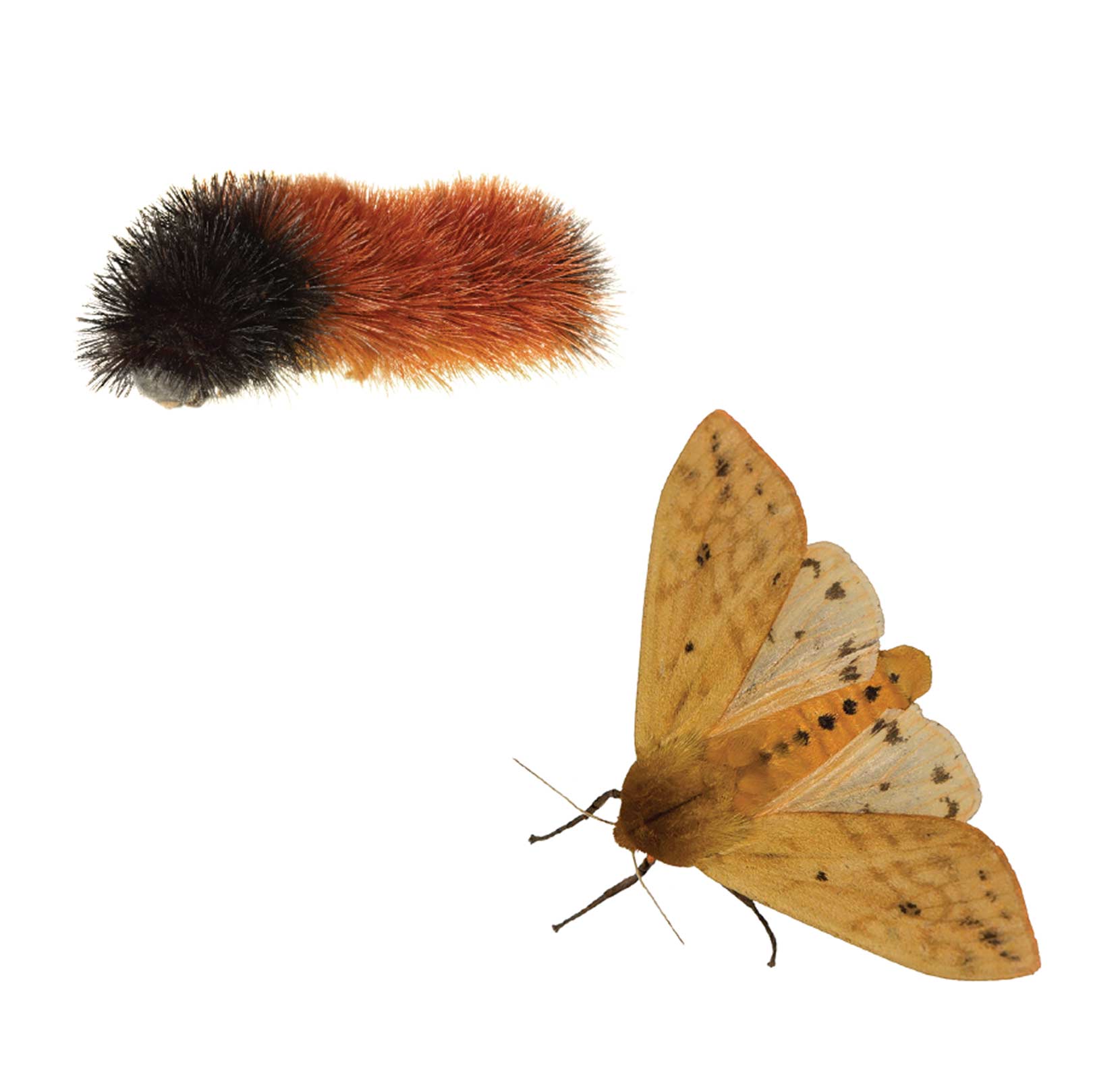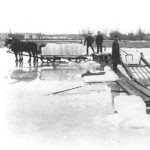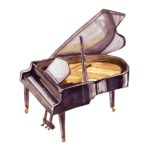
Woolly bear caterpillar and Isabella tiger moth
Back in the fall, a white frost on the rooftops and in low-lying fields was the first hint that Old Man Winter was on his way. No other season commands the sense of anticipation and apprehension that winter does. Long before such inventions as satellites, Doppler radar and the discovery of El Niño, farmers and folks looked to nature to provide them with key knowledge to predict the severity of winter. Before the advent of the telephone, weather lore was first shared in the fall at grain thrashings, church gatherings, grist mills and barn raisings. It was simple information, not learned from books but from years of observation and repeated patterns recognized by those who toiled next to nature.
Each harvest, close attention was given to the thickness of corn husks, apple and onion skins. The thicker the skin, the more severe the winter. The early departure of monarch butterflies and migrating ducks and geese foretold an early and possibly severe winter. The most famous purveyor of all winter forecasting is the woolly bear caterpillar – the bristly hairy larva of the Isabella tiger moth. The caterpillar is predominantly orange with a black band fore and aft and is found throughout our region, across North America and clear to the Arctic. During the fall, these fuzzy creatures are most noticeable in their adult stage as they cross our driveways, sidewalks and rural roads. They are seeking a place under a rock, rotted log or other sheltered nook where they plan to curl up and freeze solid during the winter. When they finally emerge in spring, they forage on succulent plants and then pupate, using their spiny hairs to spin a cocoon. Weeks later they hatch as moths and live about nine days, during which time they lay their eggs and the cycle repeats.
Personally, I’ve been fascinated by the woolly bear ever since I first encountered them as a lad during apple harvest in our orchard. My father explained the predictions associated with the coloured bands and told me that every year the variations changed.
Legend has it that the wider the band of orange, the less severe the winter. Things get downright ominous if the orange band is less than the sum of the black bands fore and aft, as this foretells a harsh winter ahead. Complicating matters further: If the black band at the forward end is longer than the black band at the rear, it signals an early, cold start to winter. A longer black rump means a cold and short spring. There are 13 joint segments in its body, which fanatics and folklorists insist represent the 13 weeks of winter.
After nearly 60 years I’m still intrigued by the woolly bear, and I have some interesting observations of my own concerning their habits. On north/south country roads, the woolly bear usually crosses going from east to west, especially before the noon hour. The east/west roads are most often crossed going from north to south. Old timers say that in the years the woolly bear is heading southward, it is travelling away from a winter that will be unkind. (These observations, however, are irrelevant in Prince Edward County, where there is not a single rural road that travels north/south or east/west without a curve or bend every 100 metres. I’m convinced this confuses the woolly bears’ patterns; even touring visitors and some residents aren’t sure as to which direction they are going at any one moment.)
Meteorologists, scientists, climatologists and even the Old Farmer’s Almanac do not lend credence to the signs of nature or weather folklore in their predictions, which are all based on secret formulas involving sunspots, ocean currents and other uninteresting stuff. Nothing about the bushiness of a squirrel’s tail, how high in the tree the squirrel built its nest or when and how many nuts it gathered in the autumn. None of them have ever checked the thickness of hair on the nape of a November dairy cow to make a forecast. Nothing is considered regarding the number of insects or rodents that seek entry into our houses to get out of the cold. Even the revered woolly bear is overlooked.
There’s a lot of magic and wonder in winter that is steeped in folklore and ancient beliefs that have nothing to do with science. Folklore predictions and woolly bears are just as much a part of the season as the flying reindeer that can pull a sleigh and land on rooftops. Let’s cherish folklore and respect the beliefs and ways of those who have gone before us. This year the Watershed woolly bears have equal amounts of black and a medium band of orange indicating a normal winter. I am taking the odds, throwing down my money, and going all in on the woolly bear ahead of a sunspot and El Niño!
Story by:
Roger Thomas




